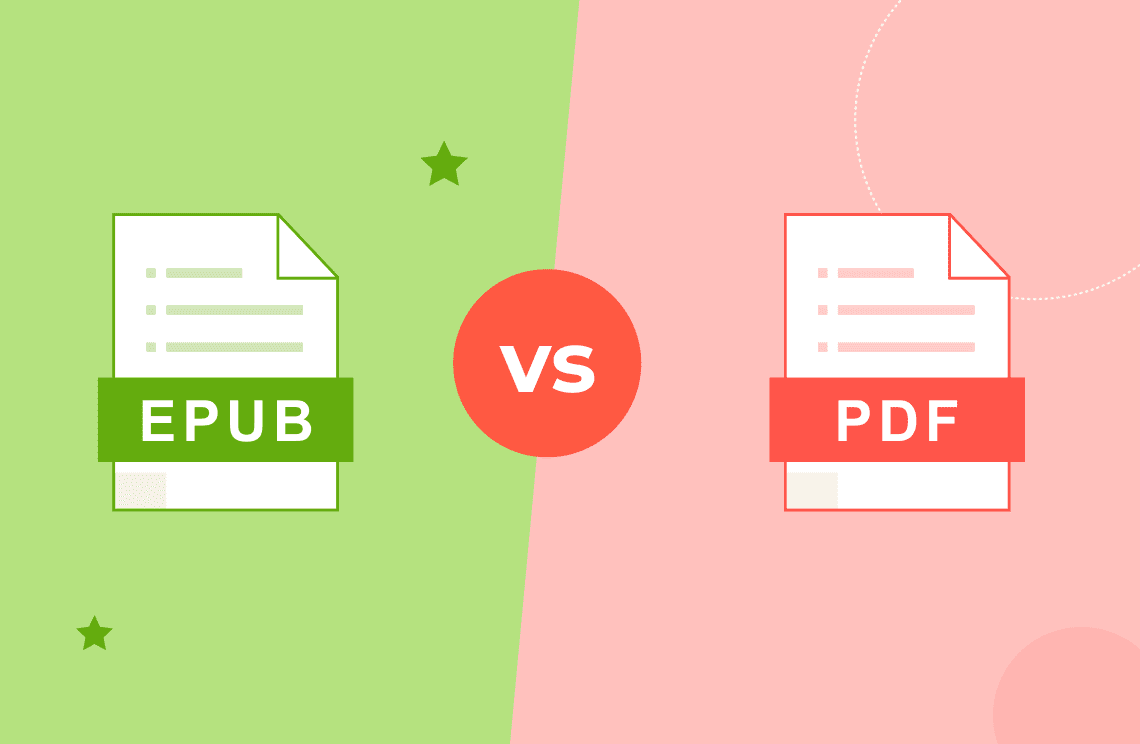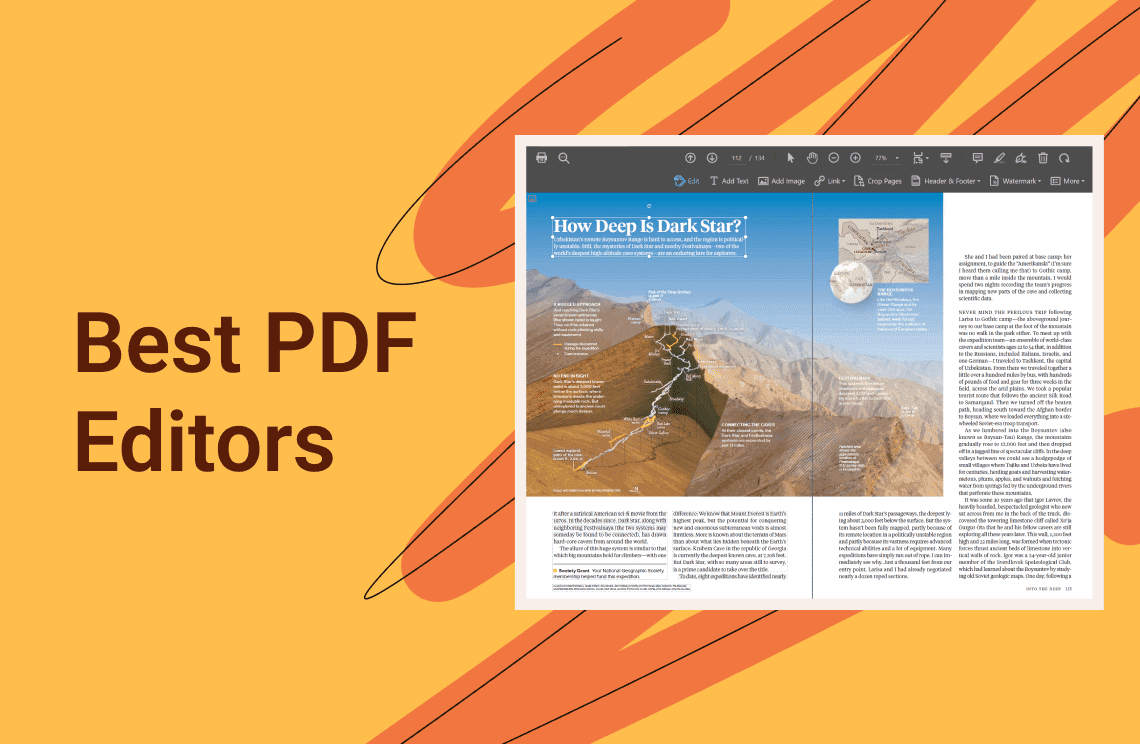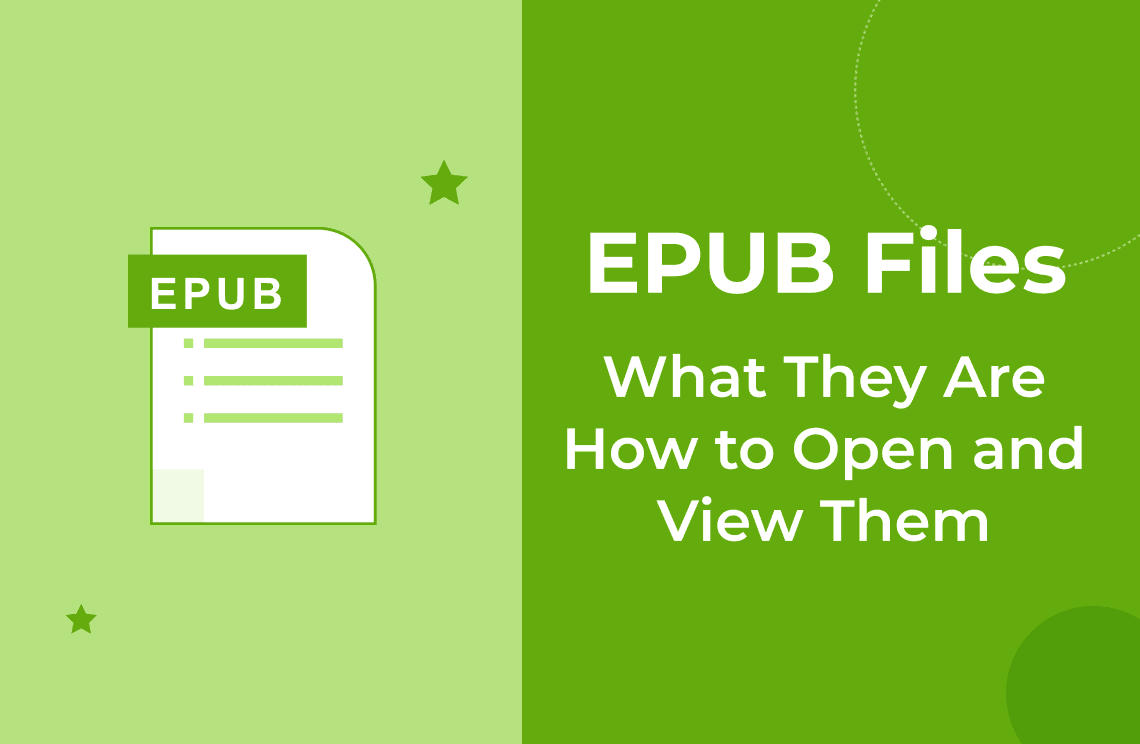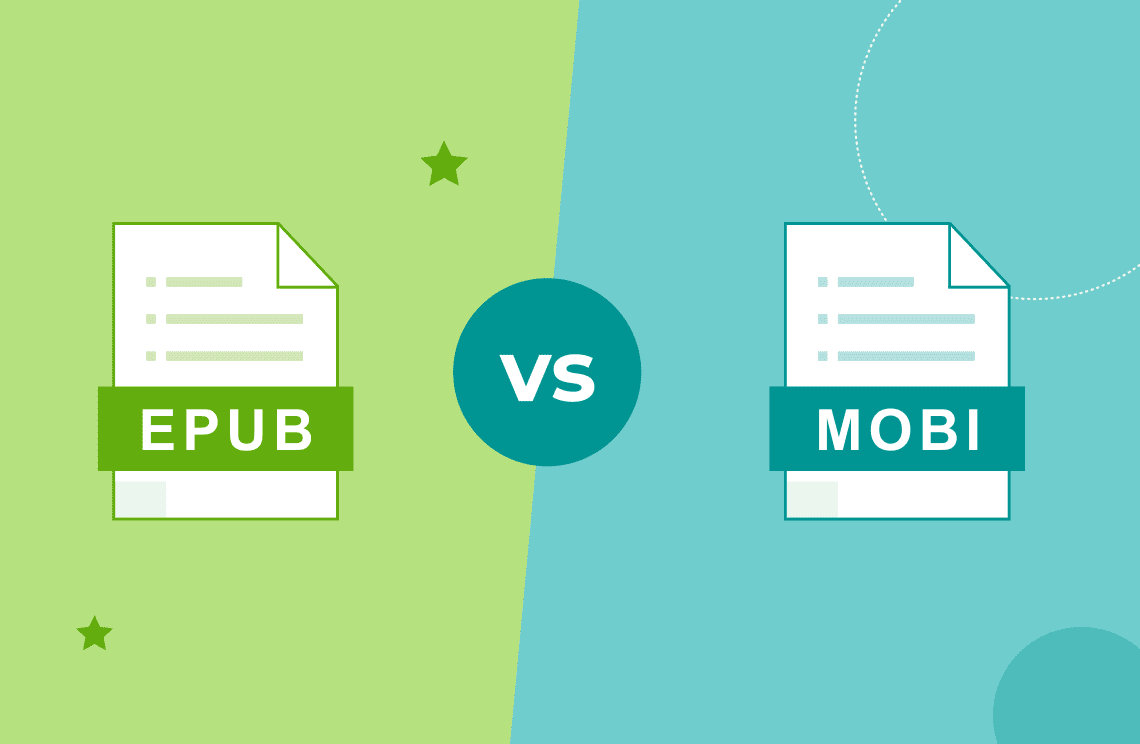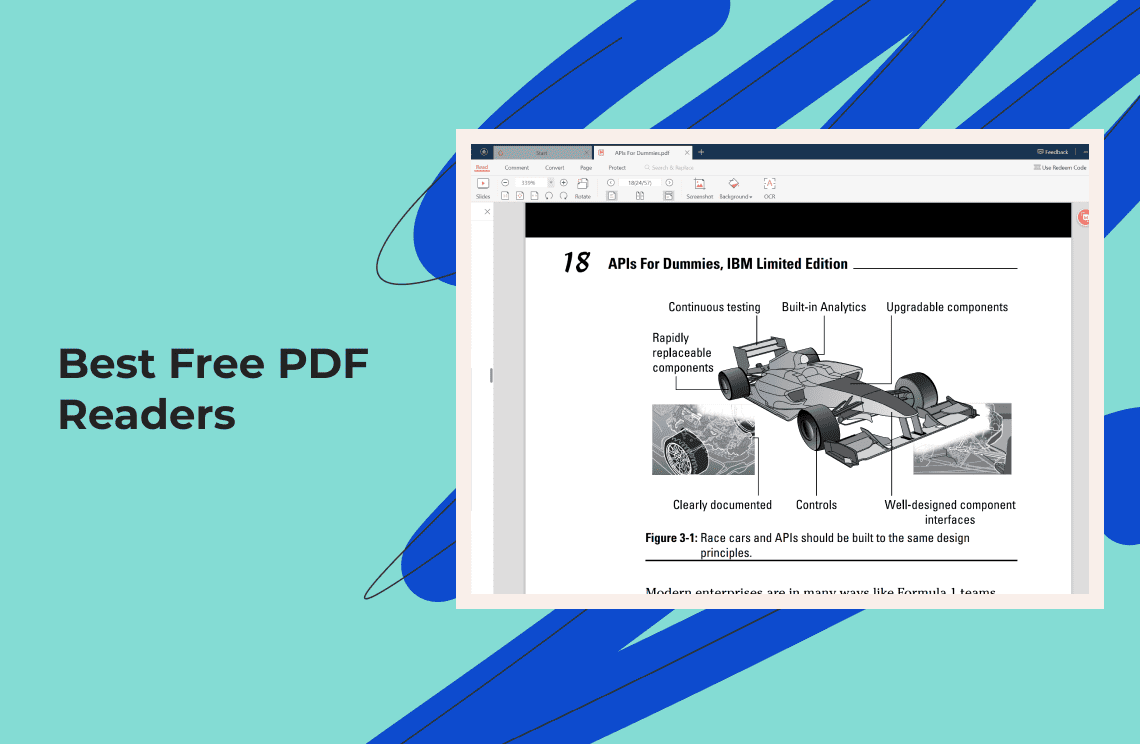In the realm of digital reading, the choice of file format can significantly impact the overall reading experience. Two of the most prominent formats, EPUB and PDF, offer distinct advantages and cater to different needs. Understanding the nuances between these formats is essential for selecting the optimal option for your specific content and audience.
What is an EPUB File?
EPUB, which stands for Electronic Publication, is an open-source ebook format designed to ensure that content can be read across various devices and platforms. It offers several key characteristics:
- Open standard: EPUB is not tied to any specific company or platform, making it a flexible and widely supported format.
- Reflowable text: EPUB files can adjust their layout to fit different screen sizes, ensuring a consistent reading experience on various devices.
- Device adaptability: EPUB files are optimized for reading on smartphones, tablets, and dedicated e-readers, making them ideal for on-the-go reading.
- Common use cases: EPUB files are frequently used for e-books, magazines, and other long-form reading materials.
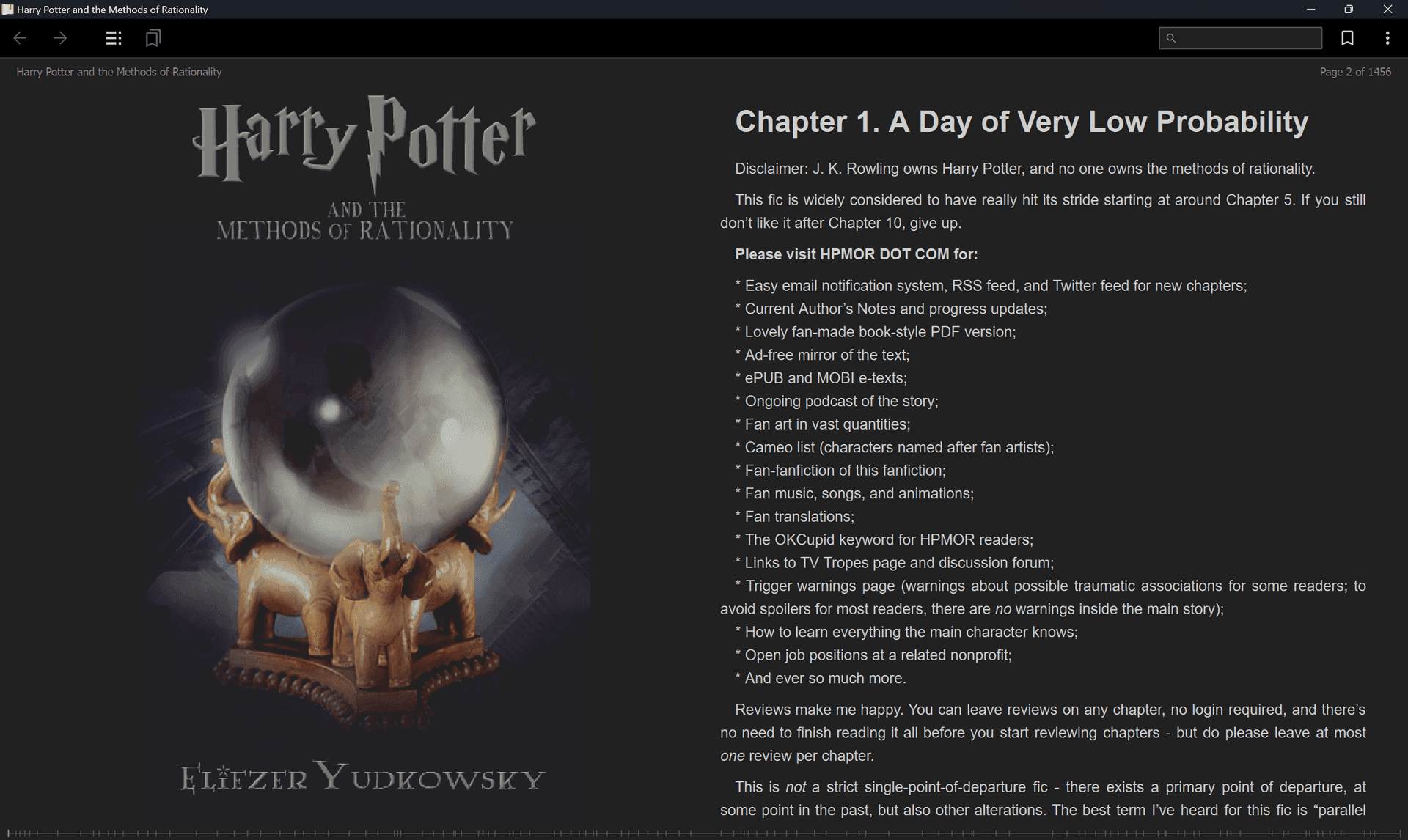
What is a PDF File?
PDF, or Portable Document Format, is another popular file format used for digital documents. It offers the following key characteristics:
- Fixed layout: PDF files maintain the original layout of the document, ensuring that it looks exactly as intended on different devices.
- High visual fidelity: PDF files are known for their ability to preserve the visual quality of images, graphics, and typography.
- Common use cases: PDF files are widely used for documents, presentations, forms, and other content that requires a precise and consistent layout.
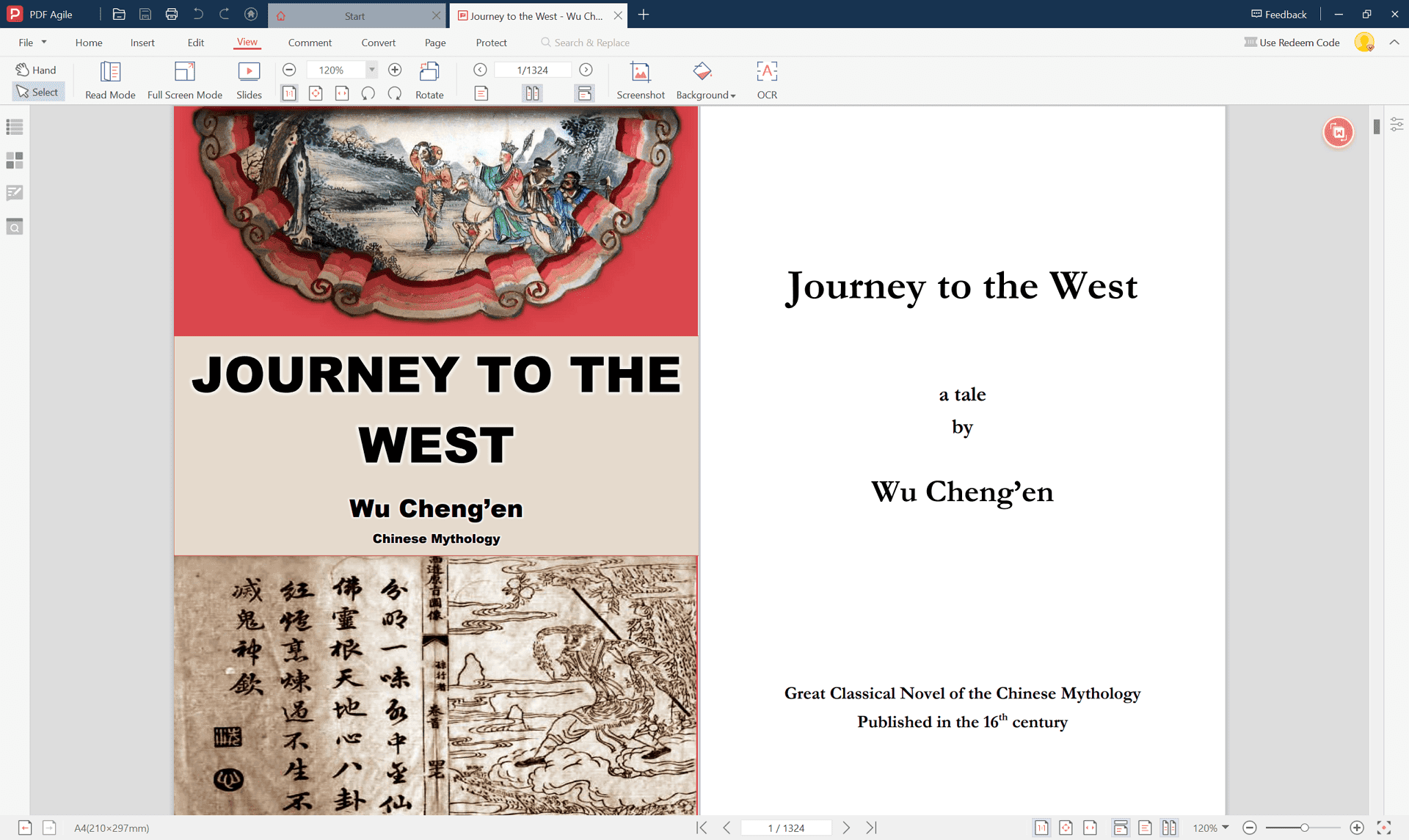
EPUB vs. PDF at a Glance: A Comparison Chart
| Category | EPUB | |
| Reflowability | Adapts to different screen sizes | Maintains original layout |
| Device Compatibility | Versatile across devices | Versatile across devices |
| File Size | Generally smaller | Can be larger, especially with high-resolution images |
| Image Quality | Good, but may have compression artifacts | Preserves original visual quality |
| Accessibility | Often includes features for users with disabilities | May require additional tools |
| Security | Offers DRM protection | Can also be protected with DRM |
| Best Use Cases | Long-form reading, fiction, non-fiction | Documents requiring precise layout, design-heavy content, forms, presentations |
EPUB vs. PDF: A Detailed Comparison
Reflowability:
- EPUB: Offers adjustable text and layout to fit different screen sizes and resolutions, making it ideal for reading on various devices.
- PDF: Maintains a fixed layout, ensuring that the document looks exactly as intended on all devices.
Device Compatibility:
- EPUB: Excels on various screen sizes and devices, making it a versatile choice for digital reading.
- PDF: May require adjustments or specialized software to ensure optimal viewing on certain devices.
File Size:
- EPUB: Generally smaller file sizes compared to PDF, making them easier to download and transfer.
- PDF: Can have larger file sizes, especially when containing high-resolution images or complex layouts.
Image Quality:
- EPUB: Offers good image quality, but may experience some compression artifacts.
- PDF: Generally provides higher image quality, preserving the original visual fidelity.
Accessibility:
- EPUB: Often includes features for users with disabilities, such as text-to-speech and adjustable font sizes.
- PDF: May require additional tools or settings to ensure accessibility for all users.
Security:
- EPUB: Offers options for digital rights management (DRM) to protect copyrighted content.
- PDF: Can also be protected with DRM, but may have limitations in certain cases.
When to Use EPUB vs. PDF
The choice between EPUB and PDF depends on the specific needs of your content and audience. Here are some general guidelines:
- EPUB: Ideal for long-form reading, fiction, non-fiction, and content that requires minimal formatting.
- PDF: Suitable for documents that require precise layout, design-heavy content, forms, and presentations.
FAQs about EPUB vs. PDF
Q: What are the benefits of using EPUB files?
A: EPUB files offer several advantages, including:
- Reflowable text: EPUB files can adjust their layout to fit different screen sizes, making them ideal for reading on smartphones and tablets.
- Device adaptability: EPUB files are optimized for reading on a variety of devices, ensuring a consistent reading experience.
- Open standard: EPUB is not tied to any specific company or platform, making it a flexible and widely supported format.
- Accessibility: EPUB files often include features for users with disabilities, such as text-to-speech and adjustable font sizes.
Q: What are the benefits of using PDF files?
A: PDF files offer the following benefits:
- Fixed layout: PDF files maintain the original layout of the document, ensuring that it looks exactly as intended on all devices.
- High visual fidelity: PDF files are known for their ability to preserve the visual quality of images, graphics, and typography.
- Compatibility: PDF files are widely supported and can be viewed on almost any device or platform.
Q: Which format is better for reading on a smartphone?
A: EPUB files are generally considered better for reading on smartphones due to their reflowable nature and ability to adapt to smaller screens. However, PDF files can also be read on smartphones, although they may require adjustments or specialized software.
Q: Which format is better for printing?
A: PDF files are typically better suited for printing, as they preserve the original layout and formatting of the document. EPUB files can also be printed, but the results may vary depending on the printer and software used.
Q: Can I convert an EPUB file to a PDF file?
A: Yes, you can convert an EPUB file to a PDF file using various tools and software. This can be useful if you need to print the content or share it with someone who prefers PDF files.
Q: Can I convert a PDF file to an EPUB file?
A: While it's possible to convert a PDF file to an EPUB file, the results may not always be ideal, especially for complex documents with intricate layouts. Some conversion tools may not be able to accurately preserve the original formatting or content.
Final Words
Both EPUB and PDF offer unique advantages, and the best format for your needs will depend on factors such as content type, intended audience, and device compatibility. By understanding the key differences between these two formats, you can make informed decisions and ensure an optimal reading experience.

